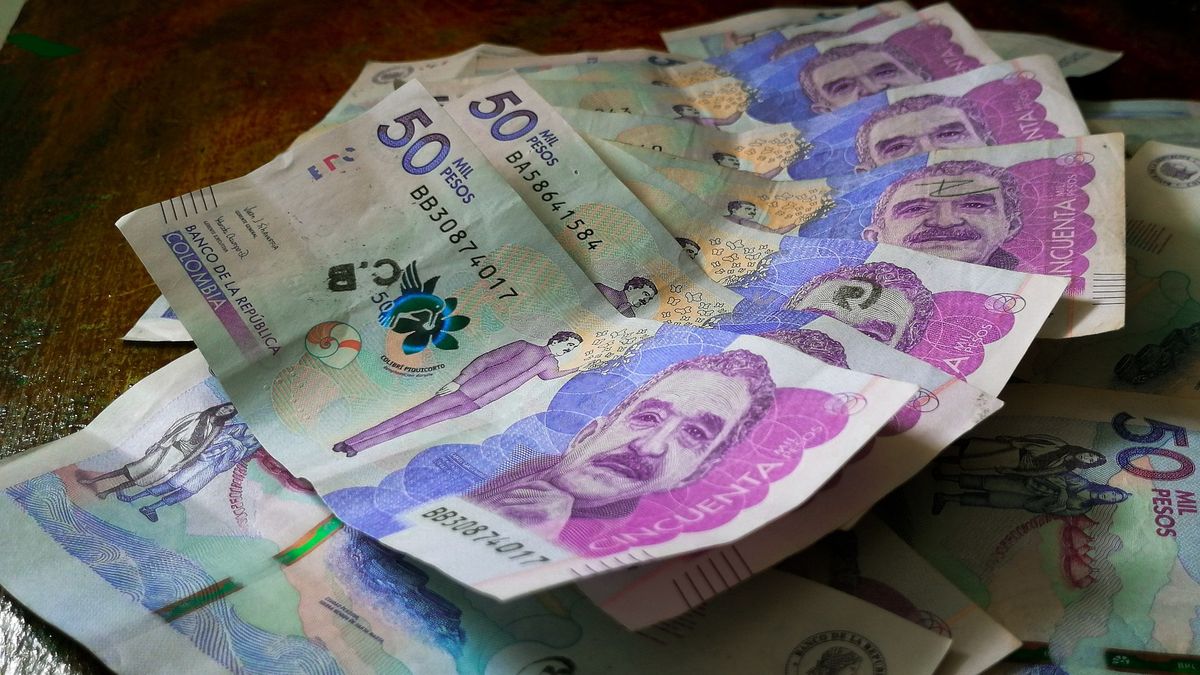Since Gustavo Petro became president, less than three months agos, the Colombian peso has been devalued by 14%, the highest drop in Latin America after Argentina and Venezuela.
But the Colombian peso has been devaluing since before the Petro came to power: in the four years of Iván Duque it was devalued by 44% and in the eight years of Juan Manuel Santos, 60%.
During this time, comparisons with other countries in the region varied, but Colombia was almost always, especially in the last five years, among the Latin American countries with the highest devaluation.
The answer to why the Colombian peso is in crisis depends on who answers it: some give more weight to international factors, others attribute it to a structural condition of the Colombian economy in recent years and many, especially now, blame straight to Peter.
According to the report, while the political discussion continues on how much the Petro factor influences the devaluation, the purchasing power of millions of Colombians continues to plummetamong others because Colombia has a particular dependence on imports —which makes food more expensive— and here there is no deep-rooted tradition —as in Argentina or Venezuela— of raising wages.
“For a country that has been a friend of devaluation to stimulate exports, a dollar at 5,000 pesos is more of a problem than a solution, because it generates inflationary and debt service problems that make macro management more complex”says Mauricio Cárdenas, Minister of Finance during the Santos government.
Why was the peso devalued in Colombia?
The economists consulted by the BBC highlight the following factors:
External factors
- Rise in US interest rates: the currencies of many emerging countries have been devalued due to the US-led interest rate hike, a measure that seeks to contain inflation in the world’s largest economy and attract investors who were in riskier places. The recession in developed economies, however, seems inevitable, which increases international volatility and harms higher-risk economies such as Colombia.
- Russia-Ukraine War: caused the price increase in raw materials. Although a priori it could benefit the country,The prices of other raw materials that Colombia usually imports, such as wheat and corn, have also increased.
- Fall in foreign direct investment
- Fall in exports.
internal factors
- Fiscal deficit exceeds 6% of GDP.
- Foreign debt represents 60% of GDP.
- Structural inequality.
- Little clarity on the export of hydrocarbons, key to the Colombian economy.
- Sale of public debt securities.
- Currency flight.
Source: Ambito
David William is a talented author who has made a name for himself in the world of writing. He is a professional author who writes on a wide range of topics, from general interest to opinion news. David is currently working as a writer at 24 hours worlds where he brings his unique perspective and in-depth research to his articles, making them both informative and engaging.




